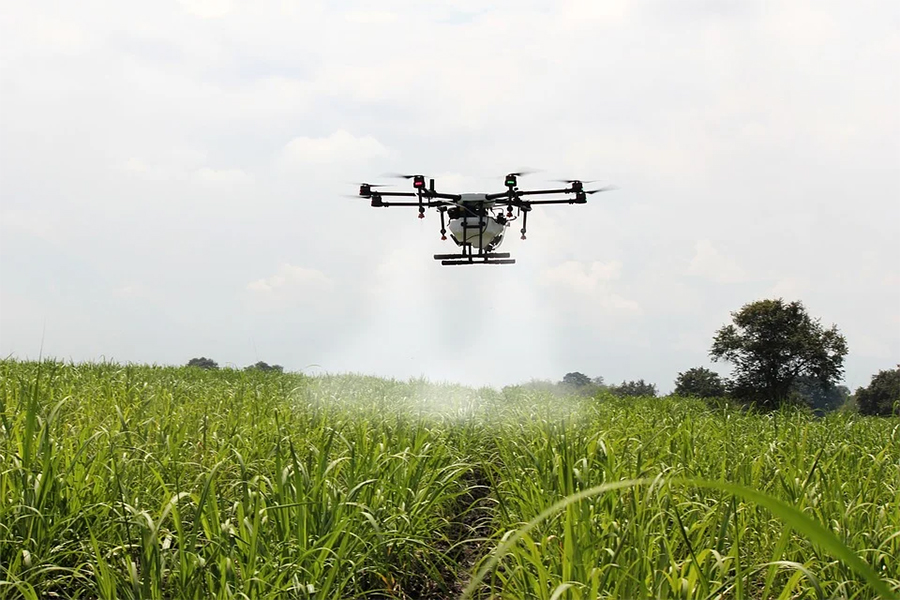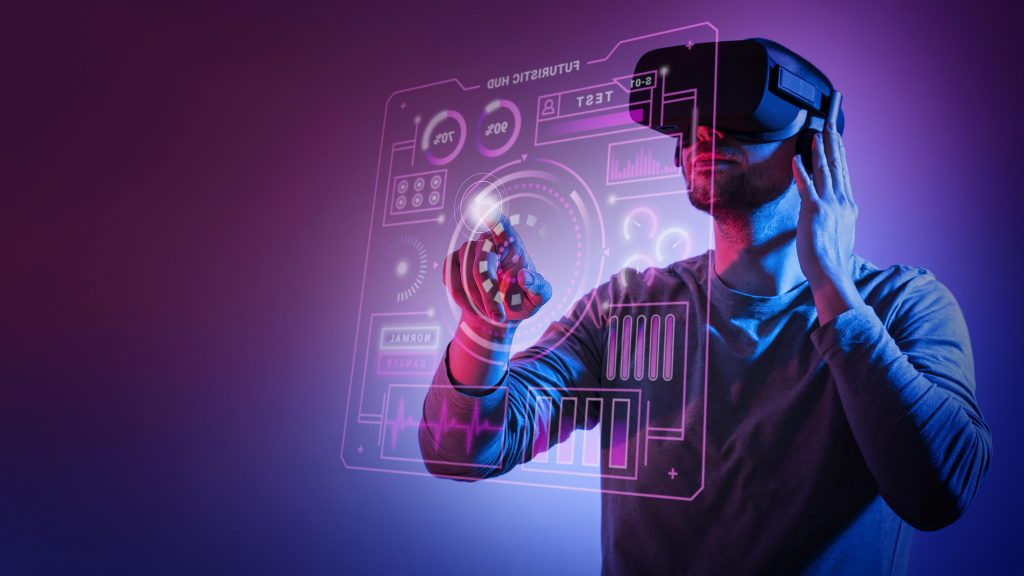
Technological advancements have become more efficient and powerful in today’s age. The implications of technology are increasing with each passing moment and it is going to be applied in every major industry as well as domains.
Technology will reinvent our companies, markets, and our workspaces. We will pursue improved performance, and we will be adopting a new method of operation. Worldwide operations and reach to new markets will be much easier than ever.
The use of artificial intelligence, machine learning, robotics, and bio-machines will change our understanding of society and the economy.
Today, we are increasingly accustomed to using portable devices. Cloud-based apps are also commonly used in industries as well as corporations. Internet is an important aspect of our lives in cities, and it is quickly settling in rural places as well.
Our marketing has evolved from physical to digital spaces, such as from advertising in newspapers to social media commercials. We are also experiencing some of the most innovative industries that we could never have imagined in the previous two decades, such as ride-sharing systems and e-commerce.
People are pursuing new careers as YouTubers, bloggers, social media influencers, TikToker, and even professional video gamers. Payments are evolving towards cashless digital transactions. QR codes for online transactions are commonly seen in local grocery stores and tea shops across the country. In all these aspects, there is a pressing question – How can Nepal’s industrial landscape benefit from technological advancement?
Agriculture with technological advancement

Nepal, being an agricultural country, should use technology to boost productivity. Nepal imports roughly Rs 285 billion in agricultural items each year. This is a frightening figure for us. Drones and robots must be used in agriculture.
Drones assist in fertilizer application, seed planting, soil health monitoring, and a variety of other tasks. Smart agriculture is the way of the future. Fruit picking and packing can be done by robots. Robots can also assist with a plantation. Satellite technology can assist in determining the status of water and nutrients.
Crop yield will increase as climate-related circumstances are monitored via satellite. Farmers can sell directly to consumers at a reasonable price through digital channels such as websites and mobile apps. Thus, farmers can expand their operations.
Services and businesses
The Internet of Things (IoT) will also change the business landscape significantly. The Internet of Things (IoT) is a network of physical objects—things—embedded with sensors, software, and other technologies for linking and sharing data with other devices and systems via the internet. IoT will be a data machine since it will generate massive amounts of data.
This will result in advanced analysis, which will ultimately lead to considerably greater levels of efficiency. Remote operation of other internet-connected equipment will be significantly simpler, as will tracking many elements of business at the same time. IoT has the potential to decrease traffic jams in the Kathmandu valley since data from traffic patterns and traffic lights can provide real-time solutions.
Speech recognition technology will also have a huge impact on the commercial scene. Smart gadgets will use voice commands to operate, reducing human reliance on activities such as paperwork, emailing, client engagement, and many more. Customer service and receptionist roles may eventually become obsolete.

Computer vision will be another game-changing advancement. Machines will be able to recognise and classify objects and act on that information. This technique is commonly used in self-driving cars. In the years to come, Nepal will also see self-driving autonomous vehicles. The transportation business will never be the same.
In the coming years, the healthcare sector will likewise undergo major disruption. Telemedicine will aid in remote patient diagnosis and treatment. Hospital-quality care will be accessible at home. Wearable devices and implantable technology are going to change the context. For instance, if blood glucose levels are high, insulin may be automatically administered. Unmanned surgeries will be performed by AI-powered surgical robots. This would be very popular in Nepal since geographical limits will not prevent people in rural communities from receiving great treatment.
Impact of AI, AR and VR on the education system

Our entire educational system is going to transform. It will take time for Virtual Reality (VR) and Augmented Reality (AR) to mature. Using VR and AR, learning will become more experiential.
A student aspiring to be a firefighter, for example, will be able to experience a similar fire outbreak event in an augmented universe. Because of Artificial Intelligence (AI), education will become personalised. Human tutors may be replaced with personalised robots that educate each student individually. There will be special assistive technology for students with disabilities, which will benefit them more than before.
The tourism and travel sector will be very different from what it is today. Machine learning and artificial intelligence will deliver customised recommendations. This industry, like the education sector, will gravitate towards personalisation.
Robotic advancement will lead to food preparation and greeting robots, and eventually decrease human labour. Virtual reality (VR) will allow visitors to take virtual tours of destinations, national parks, and other locations. The metaverse, which is currently in its early stages, will be another game changer in this business.
A number of the technologies mentioned above are in use in developed nations. Unfortunately, Nepal lags behind in such advanced technology. We will have to bring in and employ such technologies from other countries. It would also cost us more money to import technologies from other countries.
For the country’s progress, our governing bodies must have a technological vision. For our nation to advance in technological development, the government’s participation is crucial. As a result, we must lay a firm basis for technological advancement by embracing an updated school-level curriculum, a startup ecosystem, and increased investment in research and development.





















